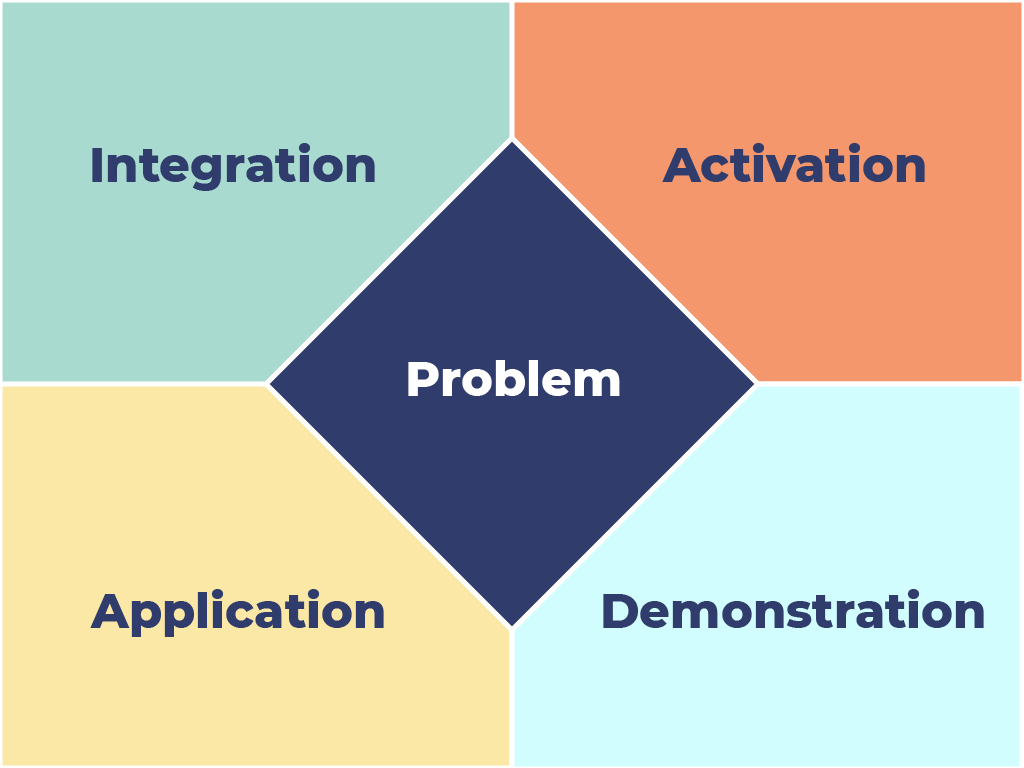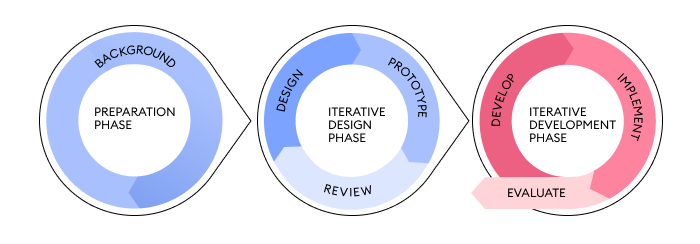E-learning Course Development
overview
E-learning Course Development
We understand that each organization has its unique training requirements and goals. That’s why we take a consultative approach to e-learning development. Our experts work closely with our clients to assess their needs, define learning objectives, and develop a tailored e-learning strategy that aligns with their business goals. We believe a well-designed e-learning solution can greatly improve employee performance, increase knowledge retention, and drive business results.
Our instructional design process follows Dr. Merril’s First Principle of Instruction, which focuses on activating learners’ prior knowledge and engaging them in real-world tasks. We design our e-learning content to be relevant, practical, and interactive, using scenarios, simulations, and case studies to immerse learners in realistic learning experiences. This approach helps learners understand the material better and enables them to apply their knowledge in real-world situations, making the learning experience more meaningful and impactful.

Dr. Merril's First Principle of Instruction
Our Approach
Our approach to execution is based on the widely recognized Successive Approximation Model (SAM), which allows for rapid development and iterative design. This approach ensures our clients receive a customized, high-quality e-learning solution that meets their unique needs.
Our commitment to excellence extends beyond the development phase. We also offer ongoing support and maintenance services, including LMS integration, content updates, and performance tracking. We believe that continuous improvement is crucial.


